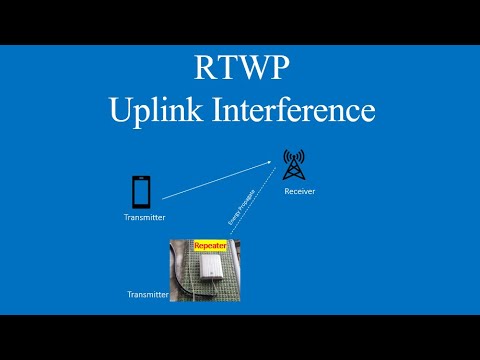Yes, correct.
With the help of Megaplexer we used to detect aggressor and victim.
Huawei also introduced now as RIM for TDD NR.
It is without centralised server & RIM-RS signal introduced to each cell level. Upon detection of RIM-RS Gurad Symbols are adjusted based on reciprocity of victim & interferor phenomenon. Also RIM do some other adjustments in scheduling also to avoid UE gets scheduled over interfered uplink resources.
Now 3GPP Release-16 has made Remote interference interference detection & mitigation as standard process. Hopefully soon all vendors may implement in standard ways and may get also get interoperability.
So in samsung you are changing the SSF configuration of Source from 7 to 5. But what about the victim? The ducting interfmherence is reciprocal and victim will interfere the Source although the source is SSF5 and victim is SSF7. So I think SSF conversion is recommended for both.
I’m having UL interference in TDD system.
UL TX push power is max all time and highly impacting ul prb utilization (pathloss ~80dB).
Not sure how to isolate route cause.
With spectum analyzator is not possible and I don’t have RF isolator.
Any suggestions?
Check PIM, Ducting due to weather.
Any idea on how duct interference is affected in diff 5G bands?
Have anyone experienced the same if yes what are the mitigation techniques apart from guard period auto change?
Duct interference: Interference caused due to duct channel created by cool warm atmospheric mix which causes signal to travel long undesired distances and cause interference in TDD networks.
Radio signals are trapped in this duct , these signals wont scatter due to low attenuation inside the duct causing to travel far distance and beyond los.
I wanted to understand the impact of this frequency wise.
Starting from 2300 MHz to 55 Ghz.
Don’t think I have ever come across this in Link Budget planning.
Don’t think this was ever compensated or taken as a factor in 4G planning.
Theoretically higher frequency, higher loss.
Please take a look at TS 38.866.
I beg to differ here…My point of view is impact must be higher in lower frequency ranges.
Lower the frequency  Higher the Wavelength
Higher the Wavelength  and so Higher the distance travelled in duct
and so Higher the distance travelled in duct 
That’s right.
That means mmWave 5G will have lower duct interference compared to sub 6 Ghz.
Do you have any referenxe to this understanding?
All the literature I have scanned now do not mention ducting interference as a function of radio waves.
Interference can happen for all frequency ranges equally. Only factors are the conditions for the duct and its width for certain frequency ranges.
Reference: Ducting cause and impact on radio performance | PDF
By this, higher freq. higher loss is good in terms of interference impact.
More loss so less interference power at the receiving gNodeB so less interference impact.
This my earlier statement isn’t true for duct interference.
Duct interference are like fast speed lanes without any speed bumps or cameras. Waves can go distance without any issue.
It seems only factors are conditions for duct to form and for particular frequency to then hop on to it.
It may not be found written but I quote with respect to network optimization experience.
We all know frequency and wavelength relationship so whether signal travels inside a duct or not propagation properties may remain same.
PS: Impact observed high in TDD.
I don’t disagree with you and you might be right.
I couldn’t find this understanding and my view is that duct interference probably has little to do frequency range of the network and more to do with atmospheric conditions.
Only possible relation b/w the two could be that a certain region may develop a certain type of ducts more often which may affect Sub6 more than mmWave.
Other than that no relation b/w frequency band and ducts.
I never compared sub6 with mmWave. I will compare in future then only can conclude.
As far as LTE is concern, 2300 MHz is going upto 500-600 km, don’t know if mmWave can also travel due to duct so far.
Inside the duct power loss is less compared to free space.
And power loss is higher for higher frequencies inside duct.
This means that sub 6 Ghz will have more interference propogation range than mmWave.
But considering the gNB count, mmWave nodes will be dense enough to cause interference even if the interference powers are low in duct to travel far.
In Nokia you can check feature LTE928 TDD Remote Interference Mitigation, LNCEL_TDD:actRIMitigation parameter.
Hi Kamal,
I am working on Nokia System and I also facing this ducting issue, almost every days in TDD layer, most of the morning hours. And our AFR KPI’s degraded very high in such scenario.
What we are doing, we have SON in our network so it automatically select the cells where SINR becomes very high and it changes qRxlevmin from -124 to -78 dBm to control the Access failure. And once ducting is over, it again revert the qRxlevmin to -124.
If you also want to control AFR and you don’t have SON, then you have to find all top offender cells and need to implement manually for qRxlevmin change.
If you wish to learn 4G/5G optimization, you can visit my channel. Thanks
